I love to teach the Zang-Fu Theory to new students, because it forces them to let go of what they know about the function of organs in a western sense, and wrap their heads around the TCM view point. But what’s really important, is the functions of each TCM organ will help a good practitioner figure out the right TCM diagnosis. And as you and I know, there is no wrong treatment in Chinese medicine, only the wrong diagnosis!
According to the Zang-Fu Theory in TCM, the Zang (Yin) organs store, produce and reserve vital substances, while the Fu (Yang) organs transport and transform food and liquids.
The 5 Zang (Yin) organs are the Heart, Liver, Spleen, Lung and Kidneys.
The 6 Fu (Yang) organs are the Small Intestine, Stomach, Gallbladder, Large Intestine, Urinary Bladder and the Triple Burner (or San Jiao).
In the Zang-Fu organ theory, each organ is interrelated and disorders may occur to the organ itself, or because of the broken relationships between organs.
Here are the functions of the Zang organs, according to TCM.
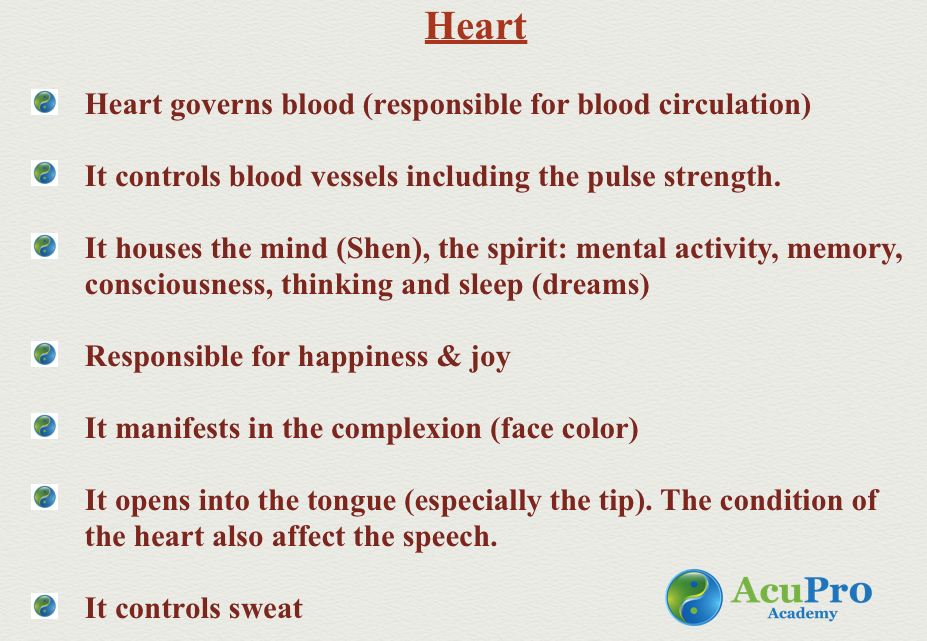
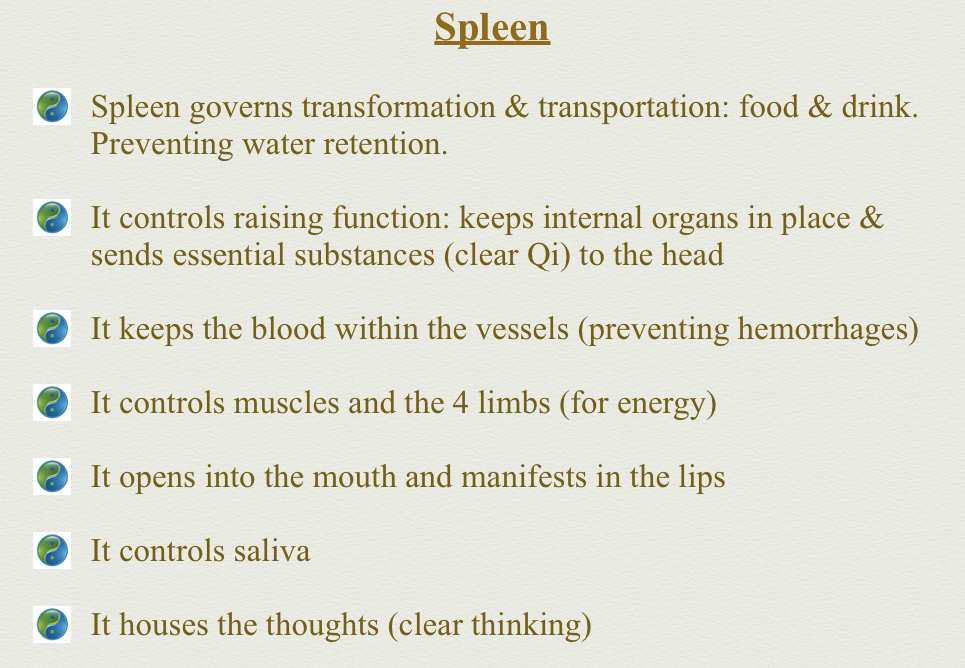
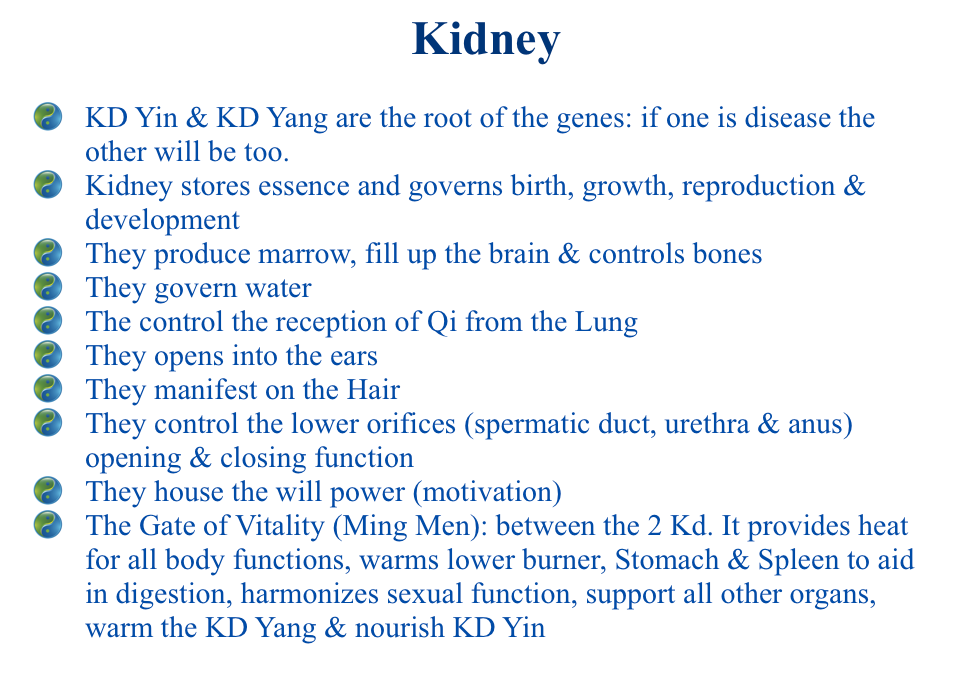

Keep rocking it using TCM!
Clara
TCM Geek

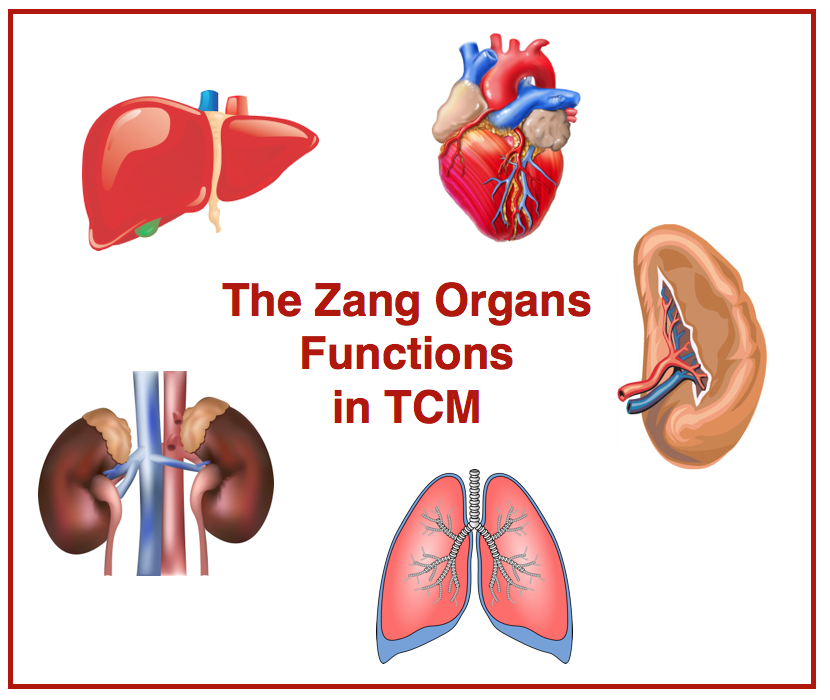
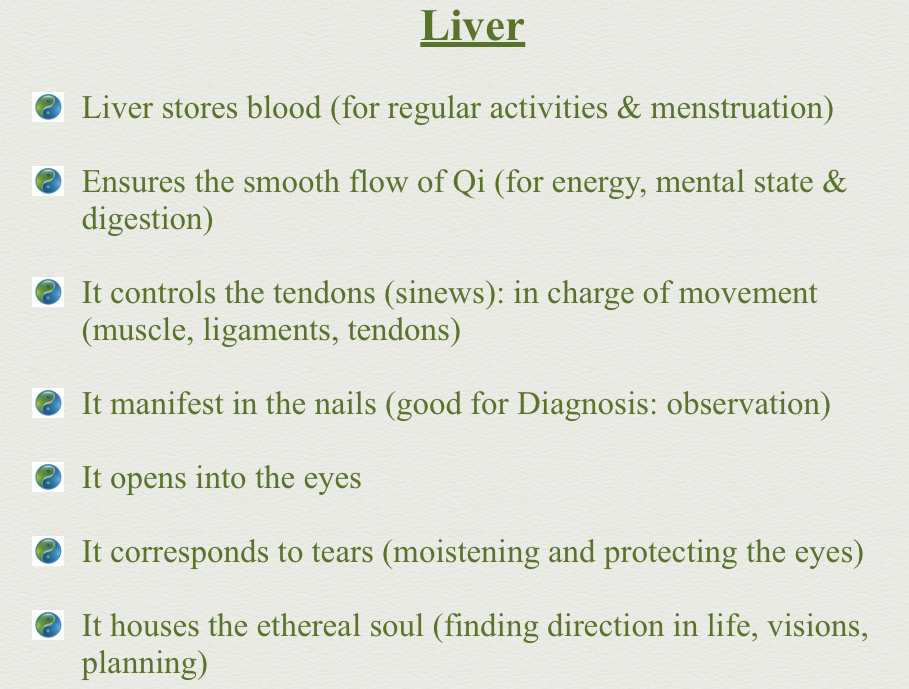
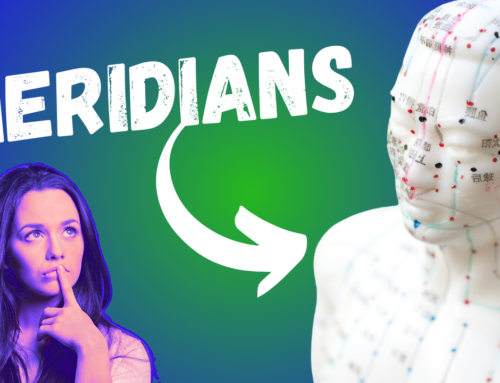
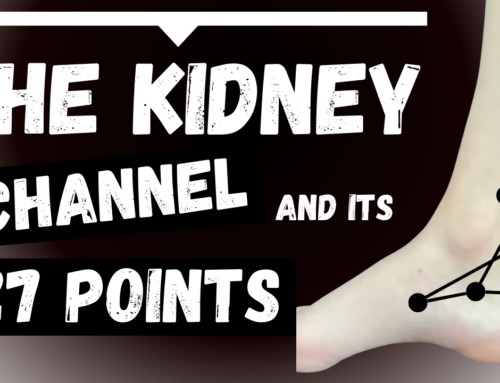


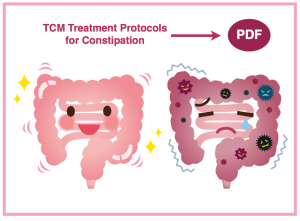
Usually, I don’t leave a review, but you’re writing is great.
Hey, you used to write excellent, but the last few posts have been kinda boring… I miss your super writings. Past several posts are just a bit out of track! come on!
Thanks for your candid comment, much appreciated. You’re so right, the past little while my creative juices have dried up. I will be more mindful for the next posts, and try to get back my original flare 🙂